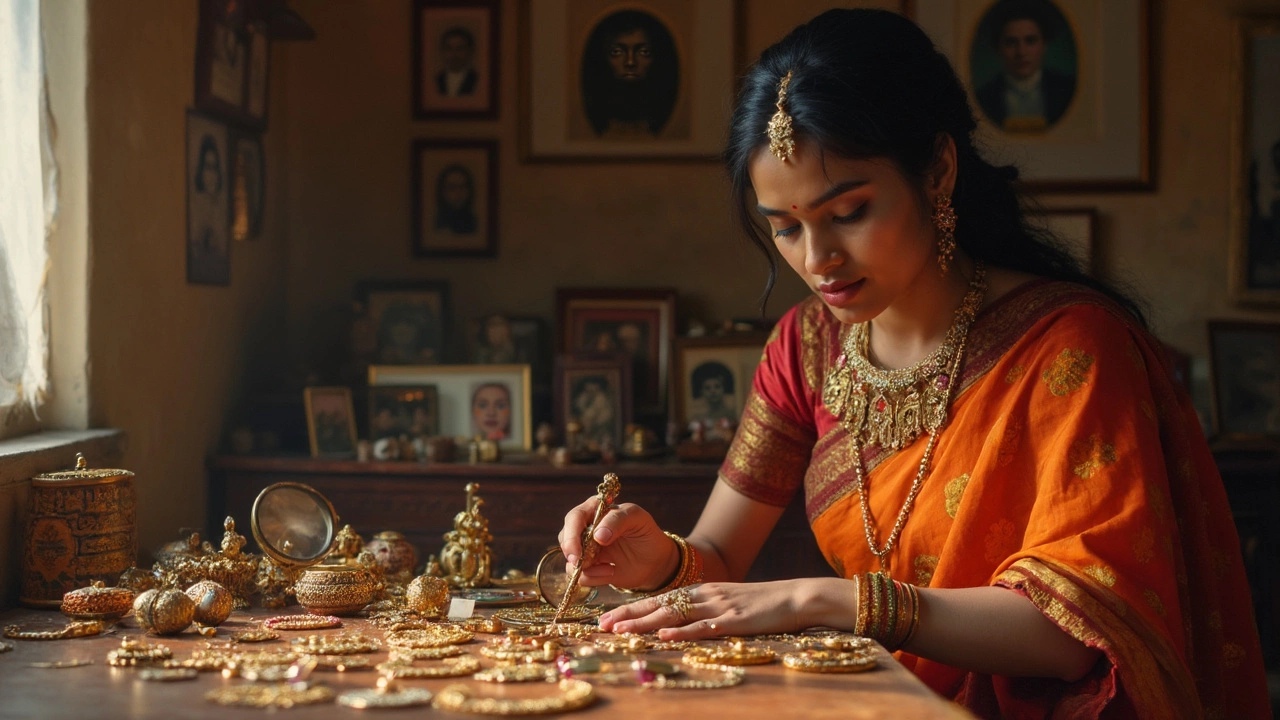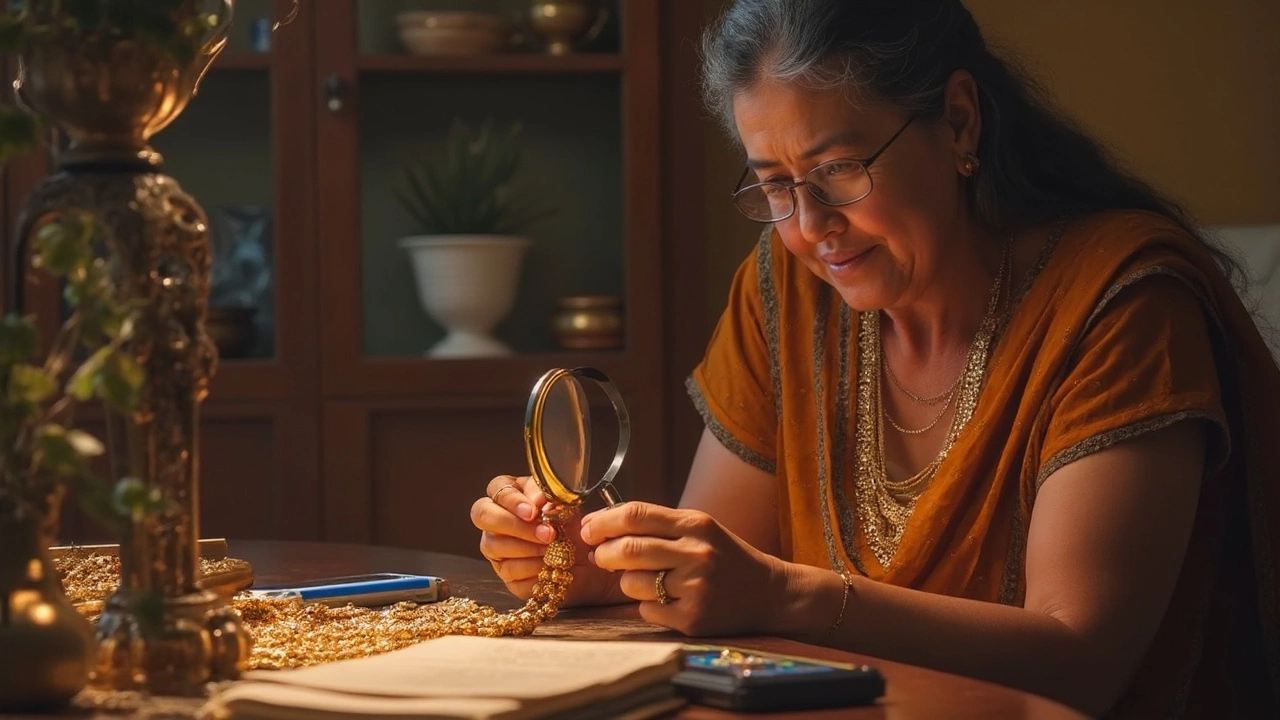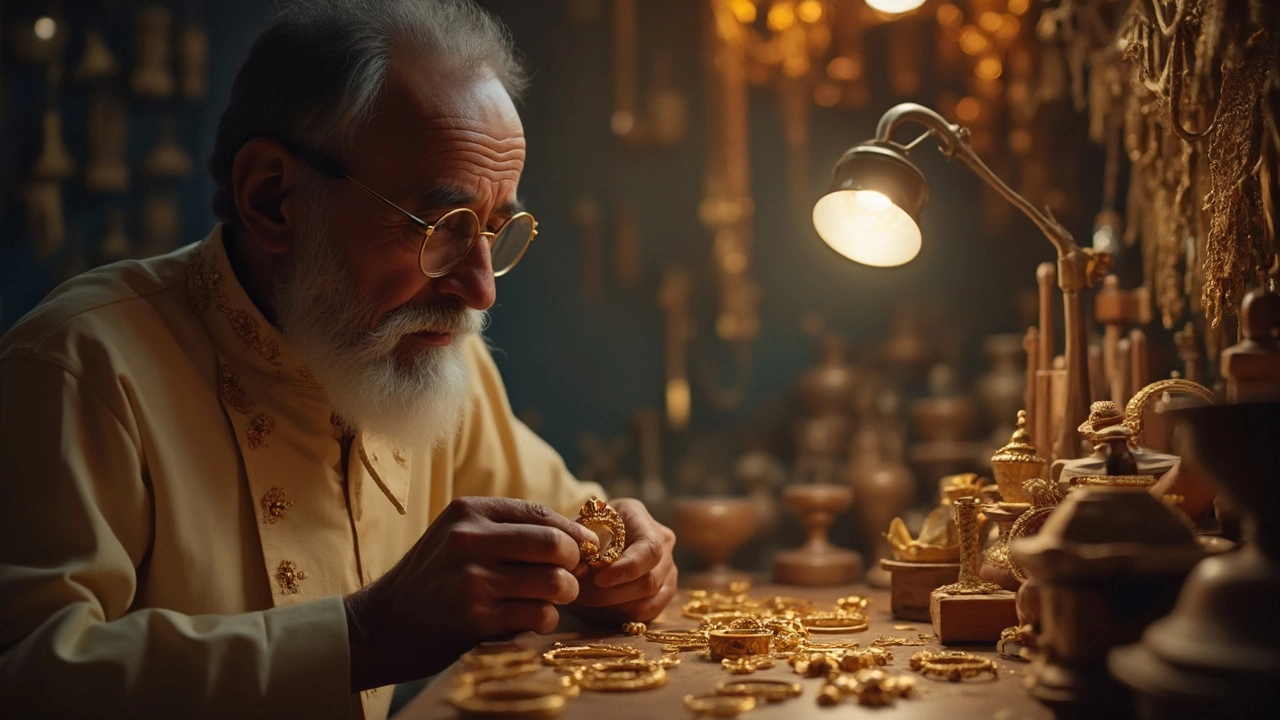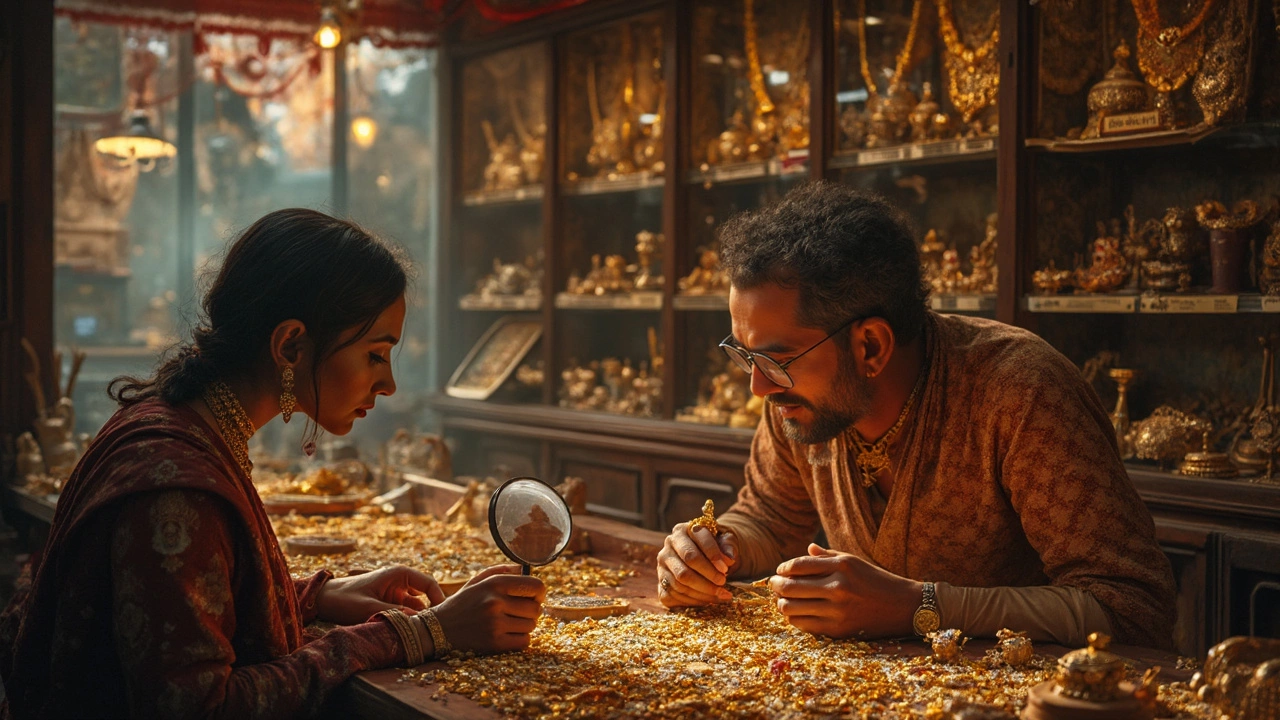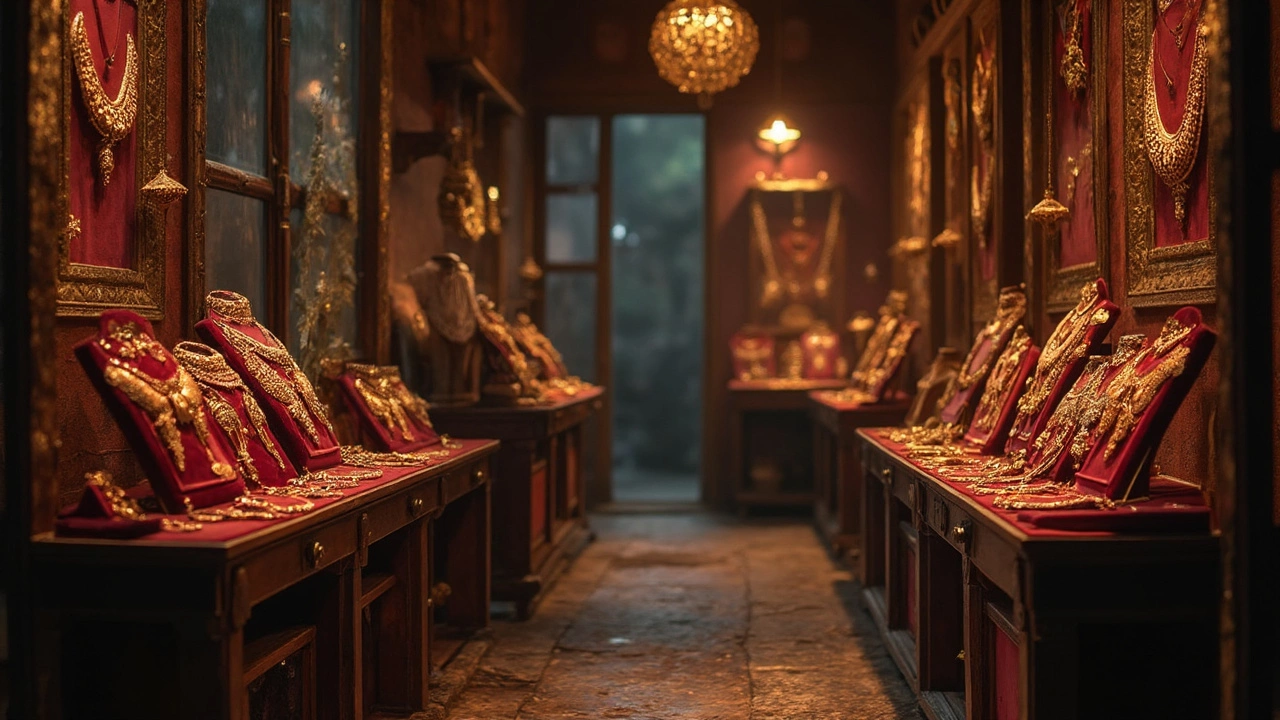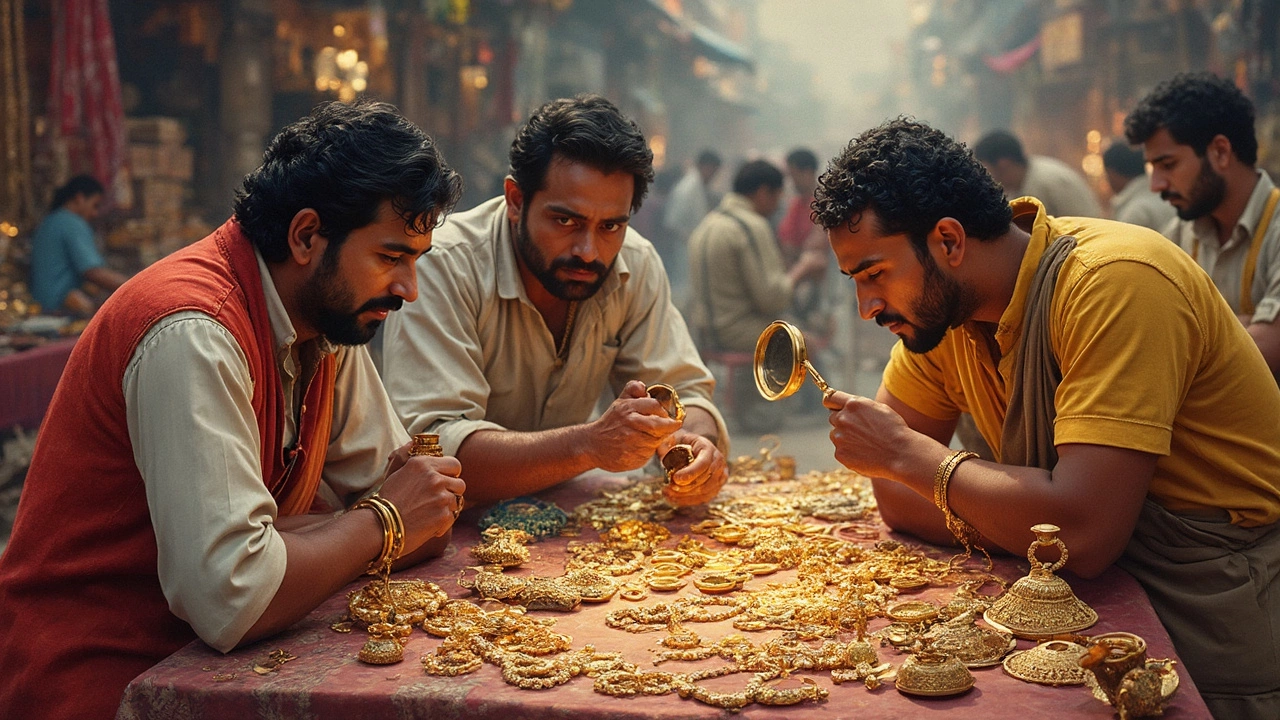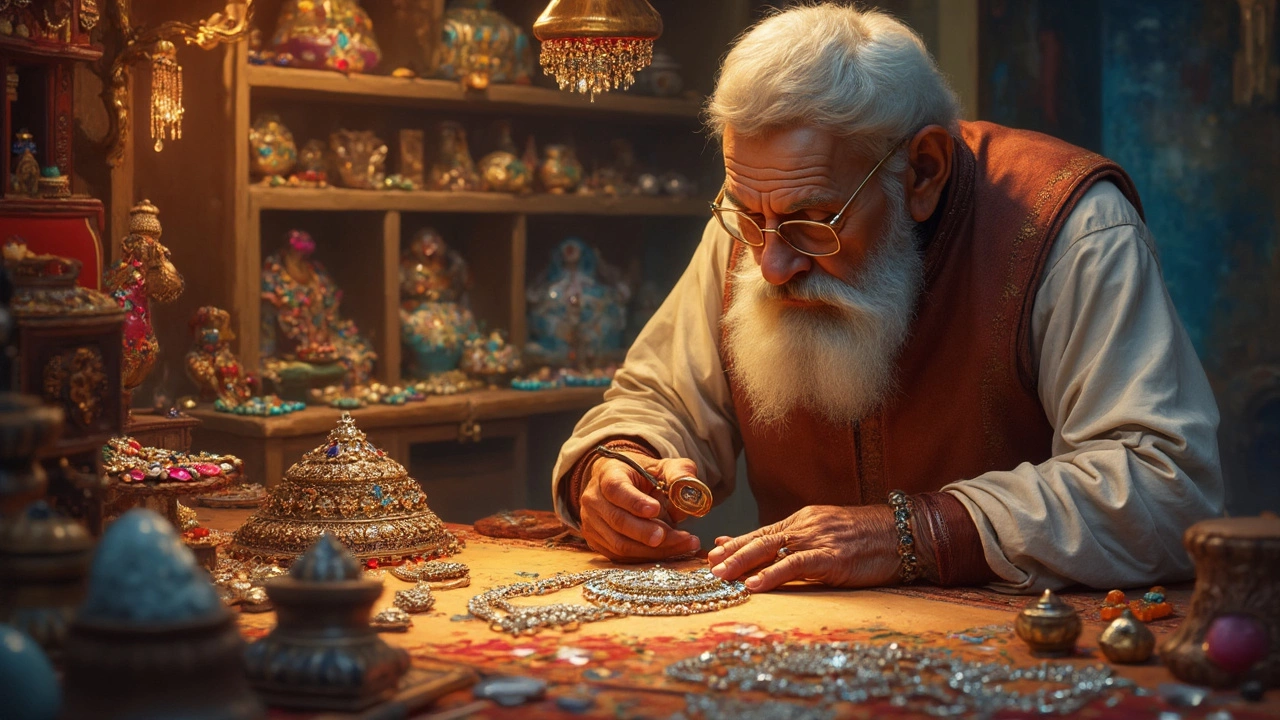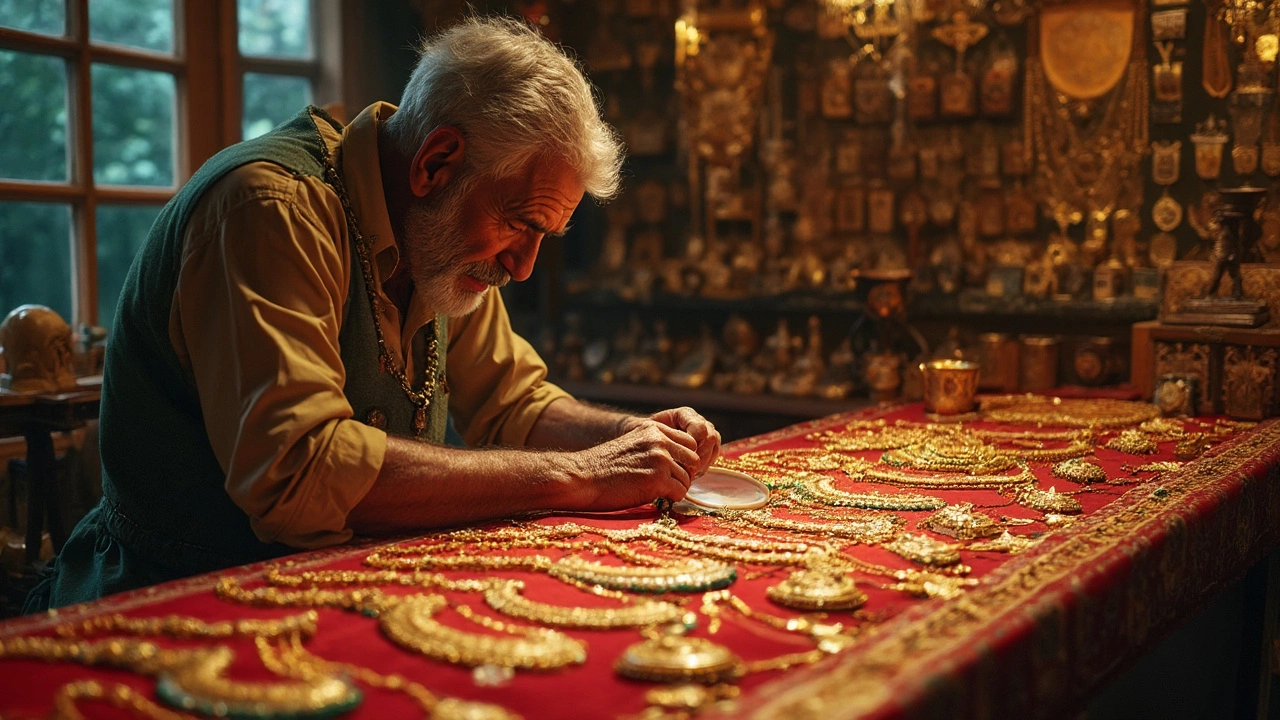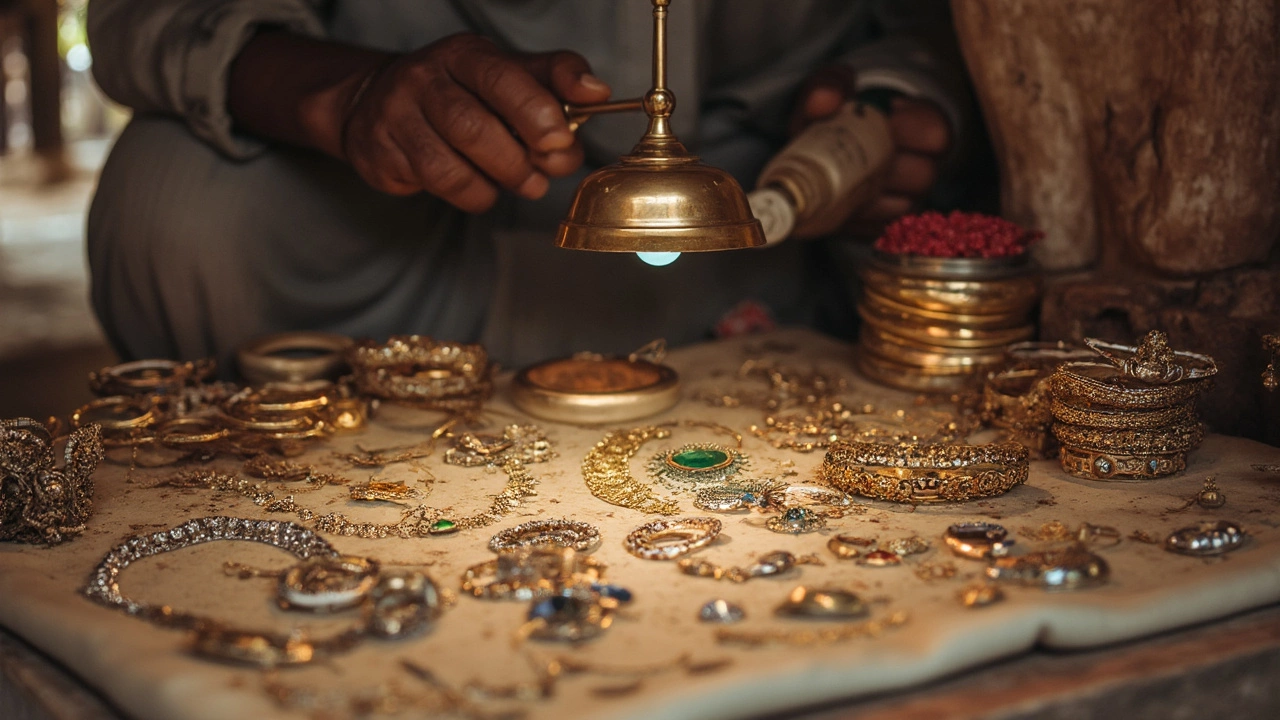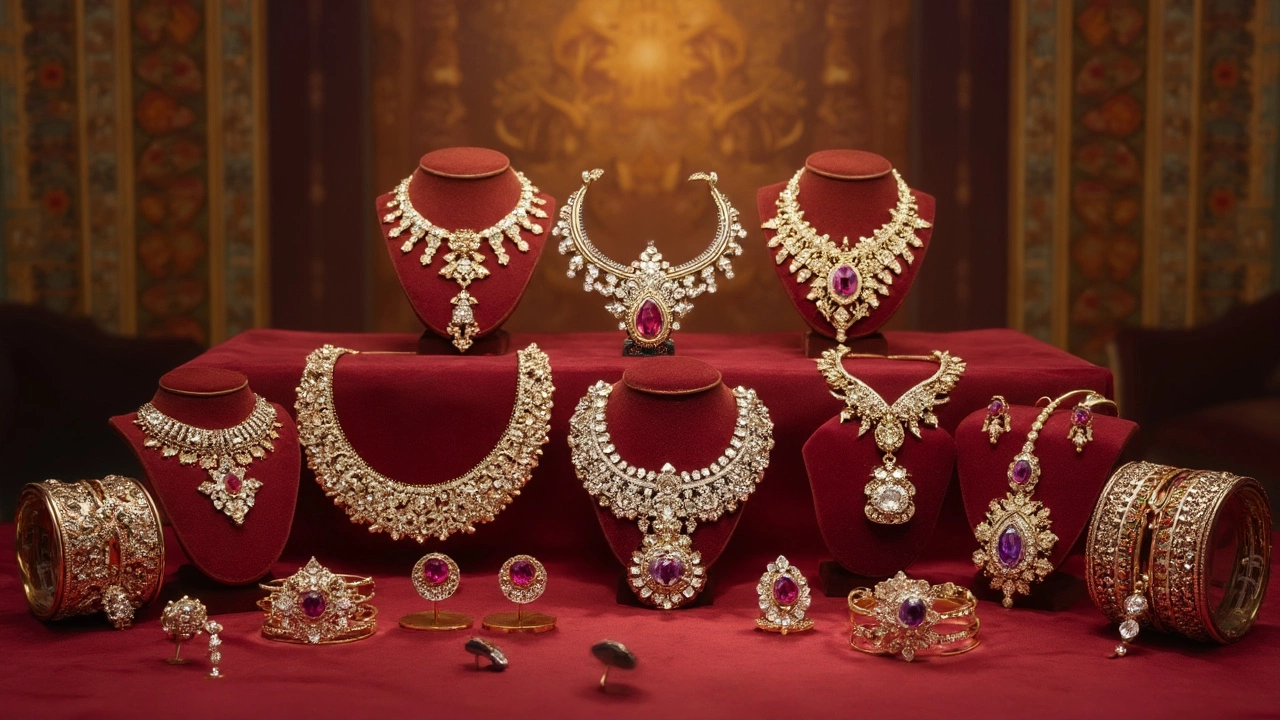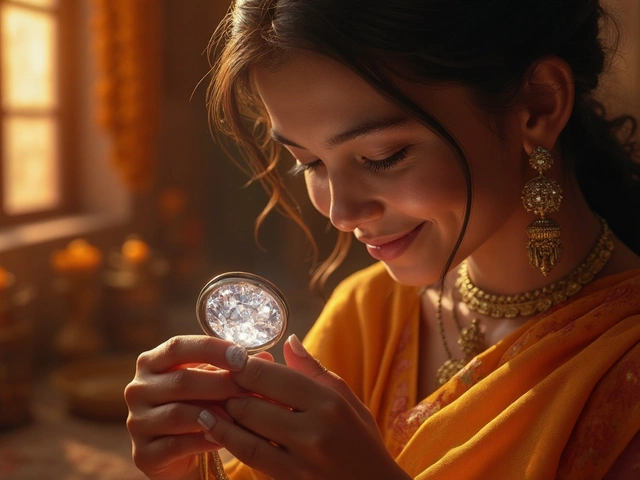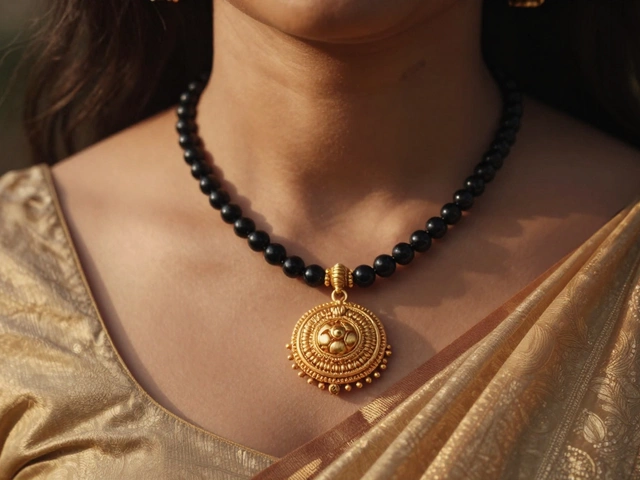Antique Jewelry: Spot It, Value It, Keep It Shining
Ever wonder why a piece of jewelry looks like it’s from another era? Maybe you’ve seen a brooch with intricate filigree or a ring with a deep, rich patina and thought, “That’s antique, right?” You’re not alone. People love antique jewelry because it tells a story, adds character, and often holds solid value. This guide breaks down what makes jewelry truly antique, how to judge its worth, and simple steps to keep it in top shape.
What Makes Jewelry Antique?
First off, age matters. In the jewelry world, “antique” usually means the piece is at least 100 years old. Anything newer falls into “vintage” (20‑100 years) or “modern”. But age isn’t the only factor. Look for these hallmarks:
- Craftsmanship: Hand‑engraved details, hand‑set stones, and techniques like repoussé or cloisonné point to older work.
- Materials: Pure gold (24K) or high‑karat gold (22K) was common before the 20th century. You might also see sterling silver with a hallmark that reads “925” or an older mark like “800”.
- Patina: A natural oxidation that gives a warm, slightly worn look. It’s a good sign the piece has aged naturally.
- Hallmarks and stamps: Look for maker’s marks, city stamps, and date letters. In India you’ll see BIS hallmarks on gold, while older British pieces have assay marks.
When you find a piece, compare it to known examples from the era. Online museum collections or antique jewelry books can be handy references.
Buying and Caring for Antique Pieces
Buying antique jewelry can be exciting, but a few practical tips keep you from getting burned:
- Ask for provenance: A reputable seller should know where the piece came from, even if it’s just a family heirloom story.
- Get a professional appraisal: An experienced jeweler will check hallmarks, stone quality, and overall condition. This also gives you a baseline for insurance.
- Check for repairs: Look for soldered joints or replaced stones. While repairs can extend life, they might affect value.
- Know the market: Antique gold and silver prices fluctuate with metal markets, but rarity and design often outweigh metal value.
Once you own an antique piece, treat it gently. Here’s a quick care routine:
- Store items separately in soft pouches or a lined box to avoid scratches.
- Clean with a soft cloth. Avoid harsh chemicals; a mild soap solution works for most metals.
- Take it to a trusted jeweler for deep cleaning or polishing only when needed. Over‑polishing can erase patina.
- Keep an eye on stones. Loose gems can fall out, so have settings inspected annually.
Remember, antique jewelry isn’t just an accessory—it’s a piece of history you get to wear. By knowing the basics of age, craftsmanship, and proper care, you’ll feel confident whether you’re adding to a collection or picking a special gift. Happy hunting, and enjoy the timeless charm of antique jewelry!
Antique Jewelry: Understanding Demand, Value, and the Modern Market
Explore whether there's a demand for antique jewelry, what drives its value, buying and selling tips, and real data about this fascinating market niche.
Get the Most Money When Selling Antique Jewelry
Trying to cash in on your antique jewelry? This article breaks down exactly how to get the highest price when selling everything from vintage rings to heirloom necklaces. You'll find real tips on spotting true value, getting your pieces appraised, choosing the right selling platform, and understanding the key mistakes that can cost you cash. Plan your sale like a pro and avoid getting ripped off. Make your jewelry work for you, not the other way around.
How to Find Out What Your Jewelry Is Worth: A Hands-On Guide to Antique Designs
Ever wondered about the real value of your old jewelry? This article breaks down clear steps for figuring out what your antique pieces are actually worth. You'll learn where to look for clues, how to avoid costly mistakes, and when to get a professional opinion. Plus, get smart tips on getting the most accurate reading of your jewelry's value. Ideal for anyone sitting on family heirlooms or flea market finds.
KK Mark on Jewelry: What Does It Really Mean?
Ever spotted 'KK' engraved inside a ring or pendant and wondered what it means? This article breaks down the mystery behind the KK mark on jewelry, its origin, and why it appears on antique pieces. Learn how to recognize genuine KK markings, understand their value, and avoid falling for lookalikes. Plus, get tips for collectors and buyers looking for authentic antique finds. Find out how this tiny mark can tell a big story about craftsmanship and history.
Antique and Vintage Jewelry: How to Spot Pieces That Keep Gaining Value
Not every old necklace or ring is a treasure in disguise—some actually lose value with time. This article breaks down the tricks and clues to help you spot antique and vintage jewelry worth holding onto. You’ll find out how to judge craftsmanship, why certain eras stand out, and what hallmarks and materials make a piece special. Get ready to glance beyond the surface and learn what really sets valuable jewelry apart. You’ll also pick up everyday tips to keep you from making rookie mistakes at the pawnshop or antique market.
When Does Jewelry Become Antique?
Antique jewelry fascinates enthusiasts and collectors alike with its century-old stories and timeless designs. But when does a piece truly classify as 'antique'? Generally, jewelry must be at least 100 years old to earn this title. Distinguishing between antique, vintage, and newer pieces requires understanding the nuances of historical styles and materials. This article guides you through recognizing antique jewelry and appreciating its unique charm.
Uncovering the Age of Your Antique Jewelry
Wondering how old your jewelry really is? This article explores the fascinating world of antique jewelry design, offering practical tips to help you determine the age of your treasured pieces. From examining hallmarks to understanding historical design trends, these insights will guide you in unearthing your jewelry's history. Whether you're a collector or just curious about a family heirloom, these tips will be a valuable resource.
How to Tell If a Diamond Is Real: Essential Tips for Antique Jewelry Lovers
Uncovering the truth about whether a diamond is real can be quite the conundrum, especially when it comes to antique jewelry. From simple at-home tests to expert advice, this guide walks you through the practical steps to identify authentic diamonds. Learn about the ice test, reading inscriptions, and the importance of certifications. Find out how these tips can make a difference in your jewelry hunting experience.
How to Determine If Your Antique Jewelry Is Valuable
Trying to figure out if your antique jewelry is valuable can be tricky. There are several factors you need to consider, like the age, rarity, and condition of the pieces. Knowing what to look for, such as maker's marks and the history of the piece, can help you assess its true worth. Getting a professional appraisal might be necessary if you suspect a piece is particularly valuable.
How to Spot a Real Diamond Ring with Just a Flashlight
Testing a diamond ring's authenticity using a flashlight might sound unconventional, but it's surprisingly effective. By observing the way light interacts with the stone, you can spot differences between genuine diamonds and fakes. This method, combined with other tips like examining diamond settings and the stone's weight, is handy especially for antique jewelry enthusiasts. Knowing these tricks can save you money and heartache when hunting for vintage treasures.
Should You Clean Vintage Jewelry Before Selling? The Hidden Risks
Cleaning vintage jewelry before selling it might seem like an obvious step, but it can actually be quite tricky. Some pieces are delicate and might get damaged if cleaned improperly. The original patina on older jewelry can increase its value, making it wise to think twice before giving it a scrub. This article explores why and how you should approach cleaning vintage jewelry, along with some surprising advice on what not to do.
What Does Cubic Zirconia Look Like in Antique Jewelry Designs?
Cubic zirconia, resembling diamonds, makes for an affordable yet dazzling addition to antique jewelry designs. Its sparkling clarity and variety of colors make it a popular choice for vintage-style pieces. This article explores the characteristics of cubic zirconia, tips for identifying it in antique jewelry, and its appeal among collectors and designers. Learn how this synthetic gemstone offers an alluring alternative to traditional stones, perfect for those seeking unique and classic jewelry pieces.

